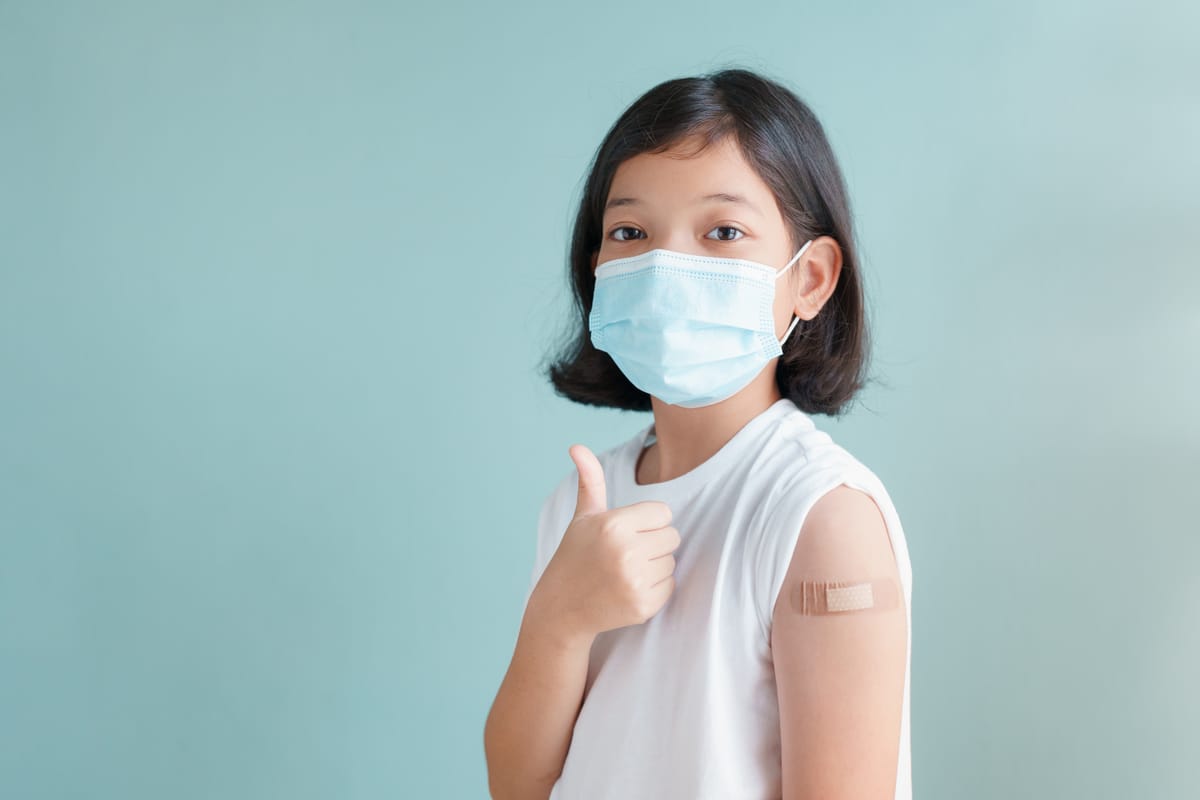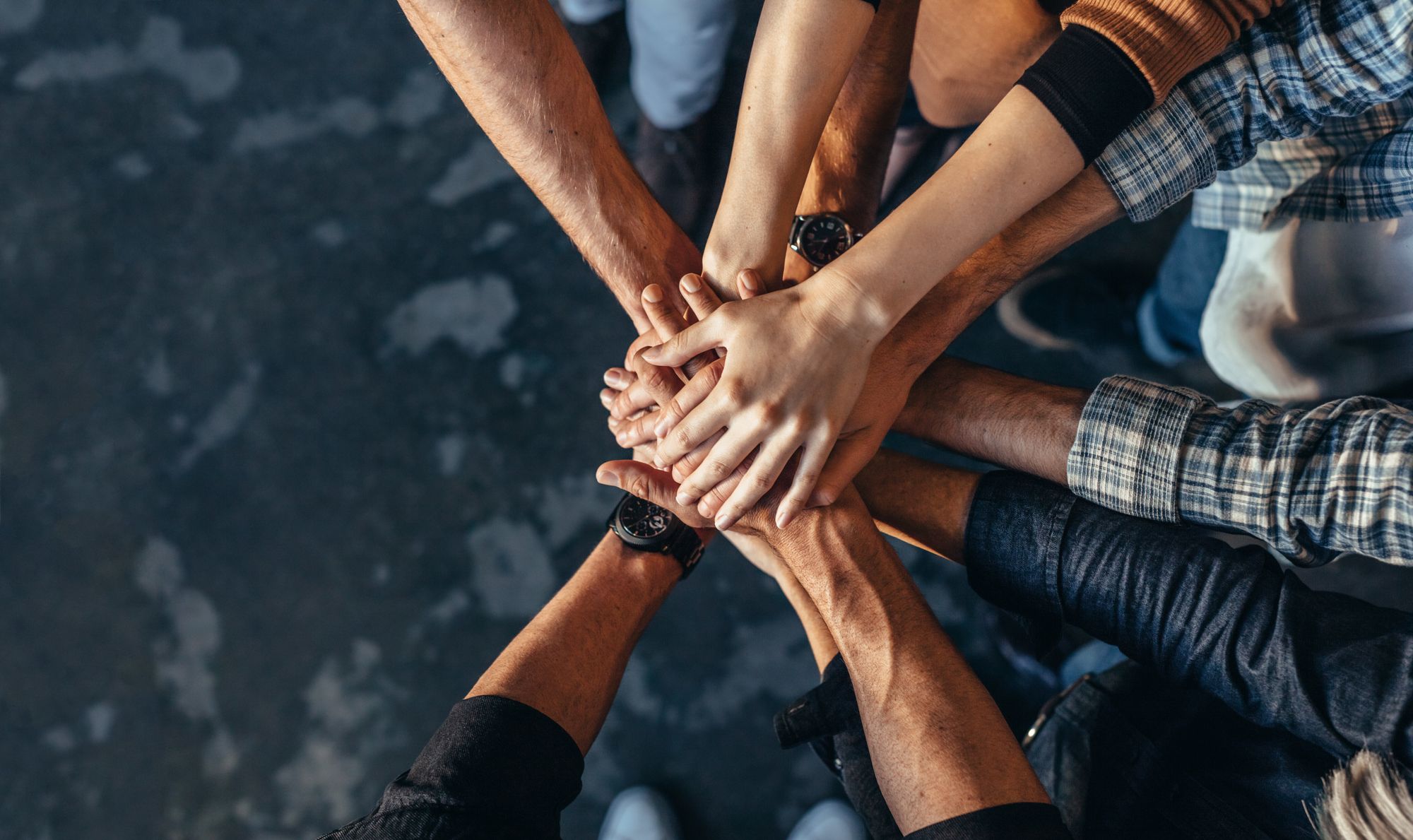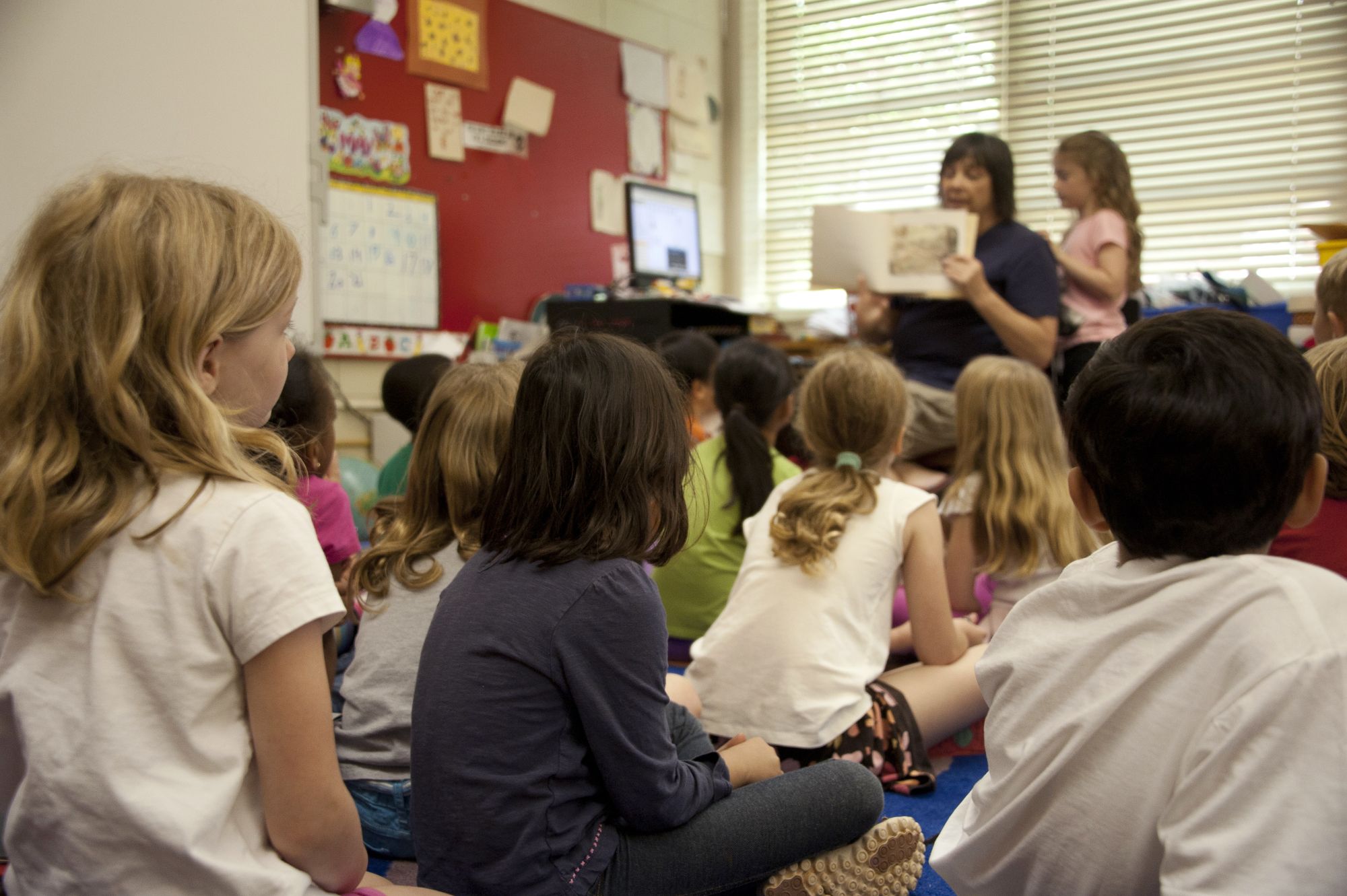Designing a Health and Safety Protocol for Your Learning Pod
For many families, one of the top priorities of their learning pod is health and safety. Formalizing a health and safety protocol can help minimize risk and create a common standard of behavior for all parties involved.

For many families, one of the top priorities of their learning pod is health and safety. While you may never eliminate risks entirely, formalizing a health and safety protocol can help minimize risk and create a common standard of behavior for all parties involved.
While there are a number of examples of health and safety protocols adopted by learning pods, daycares, and schools — it’s up to your learning pod and its teacher(s) to agree on what creates an environment that is both safe and conducive to learning.
You’ll want to establish your health and safety protocol early on, as discussing them upfront and proactively helps to minimize disagreement and potential non-compliance after the learning pod begins. Documenting and enforcing a health and safety protocol will serve as a baseline of conversation when inevitable “edge cases” or issues arise. If your learning pod has already begun its sessions, no worries — just be sure to pull the adults together and create your protocol before you’re left wondering “What should we do?”
The CDC website provides recommendations and guidance on a number of topics related to school and childcare safety, including guidance on the use of masks, screening for symptoms, and cleaning and hygiene. Some of these recommendations are specific to the school environment, but, in general, serve as a basis for rules that you can bring to your home-based learning pod.
We will describe the components of a health and safety protocol below. Keep in mind that these are simply suggestions for you to consider when creating your own policy.
Establish a Mask and Vaccination Policy
There’s plenty of evidence to support that COVID-19 can be spread by those who do not feel or appear to be sick. Proactive mask wearing is one preventative measure to help ensure the safety of your pod. According to the summary guidance offered by the CDC:
“A mask helps prevent a person who is sick from spreading the virus to others. Appropriate and consistent use of masks is most important when students, teachers, and staff are indoors and when social distancing of at least 6 feet is difficult to implement or maintain.”
As you determine your mask and vaccination policy, consider using some of the following options:
- Wearing masks is required at all times indoors
- Wearing masks is required only when not socially distanced six feet apart (e.g., seated or in transition)
- Wearing masks is not necessary for students outdoors
- All eligible individuals need to be vaccinated
- All adults, even those vaccinated, need to wear masks or face shields
- Only teachers are required to wear a mask or face shield
- Masks will not be worn while eating and drinking, so social distancing during these times must be upheld
You should also consider describing the correct use of masks — for example, the mouth and nose should be covered. You may also want to include in your protocol the number and type of protective supplies to have onsite, such as additional masks and hand sanitizers, and who to notify when those supplies get low. Finally, consider including a handwashing protocol for all pod participants.
Additional considerations:
- Face masks should cover the entire mouth and nose. They should not have an exhalation valve
- Monitor students to encourage correct use
- Have a supply of extra masks on hand
- Teachers and guardians should wash or sanitize hands before and after helping students put on or adjust a mask
- Pod participants should wash or sanitize hands after touching any shared surface
Understand Each Participant's Social Distancing Behavior
Upfront and proactive discussion and disclosure about the current and projected social distancing behavior of all members of your learning pod is critical. The goal is not to come to consensus or agreement quickly, but rather to establish lines of communication and transparency.
After an initial discussion about social behaviors and COVID risk tolerance levels with your podmates, begin to formalize your learning pods’ requirements for social behavior. Even after you have formalized your requirements, it may need revision over time as CDC guidelines and family preferences change.
Pro Tip: Make conversations around social distancing as casual and commonplace as “How was your weekend?” This will help ensure more serious conversations on the issue are easier to bring up.
Some considerations:
- Require baseline COVID risk tolerance level
- Disclose any travel to areas highly impacted by COVID
- Establish mask policy outside of the learning pod
- Allow only one-way pathways or hallways
- Limit vigorous or all exercise in confined spaces
Symptom Screening and Testing
Symptom screening and testing is an area where there’s more ambiguity. The CDC guidance does not recommend universal symptom screening of students in schools because it views the general symptom screenings as unworthy of the cost in time, effort, and potentially unnecessary school absences. For example, the CDC notes that symptom screenings will not identify individuals who are asymptomatic or pre-asymptomatic — problematic since children are more likely to be asymptomatic carriers than adults. Additionally, many symptoms of COVID are present in many other illnesses.
While the CDC agrees that sick students should not attend school, they highlight that grouping any such symptom as a COVID-like one risks unnecessarily long and repeated student absences.
Summary guidance offered by the CDC for schools:
- CDC does not currently recommend universal symptom screenings (screening all students grades K-12) be conducted by schools.
- Parents or caregivers should be strongly encouraged to monitor their children for signs of infectious illness every day.
- Students who are sick should not attend school in-person.
As a result, there are many options to establish a screening and testing protocol, and we have created two resources to help ensure a smooth execution of your procedures. The first is a Learning Pod Daily Health Check inspired by the protocols the state of Oregon has implemented for their childcare facilities. The second is a Learning Pod Health and Safety Protocol Example that outlines three categories of illness incidents in a policy created by Zeta Charter Schools in New York City.
When establishing your own Health and Safety Protocol, there are four main areas that require procedures to be set. We’ll cover three of them here, and discuss what to do if someone contracts COVID-19 in the following section.
- Before the first day of the pod
- Before returning from breaks
- Daily pod procedures
- What happens if someone gets ill
Before the First Day of the Pod
Consider what is required prior to a student or family engaging in pod sessions. What needs to be true for you to gain comfort?
Some options to consider:
- All students, hosts, and teacher(s) need to be tested for COVID-19 and receive results prior to the first day of the pod
- Teacher is required to be tested monthly
- Seasonal flu shots required for all pod participants
- Pod participants and the teacher need to show proof of health insurance coverage
Before Returning from Breaks
We have seen families and schools require negative tests prior to returning from extended breaks. This is particularly useful when required for those who have traveled to an area where there’s a higher incidence of COVID-19 — or if at any point they engaged in social behavior inconsistent with what was agreed upon to join the learning pod.
Daily Pod Procedures
Schools and daycares generally require a daily health check for children, family members, and staff entering the facility. You may also want to consider a temperature reading and COVID symptom check each morning before arrival at the hosts’ residence. For more guidance, here’s a one-page COVID symptom checklist from the CDC.
Pod Closure Policy
If someone contracts COVID, you’ll need to determine what happens to the learning pod schedule and function. To start, consider the CDC’s guidelines on what to do when a person gets sick and what type of cleaning should be done.
Some options to consider:
- At minimum, the affected person stays home until cleared by a negative COVID test for return.
- At most, the entire pod goes virtual for an extended period of time (e.g., 14 days)
- Intermediate option: Entire pod goes virtual for a few days and reopens after a deep cleaning. The infected person remains out of school, the rest of the class is monitored closely for symptoms.
Examples of School Reopening Plans
We have included some examples of how schools have planned for their reopening. There may be additional ideas that you can implement for your own learning pod.
Zeta Charter Schools (NYC)
Gateway School (NYC)
Dr. Somava Saha and Dr. Prabjot Singh
Learning Environment
Creating a learning environment that is both safe and conducive to learning — and the positive, creative energy that most parents, schools, and teachers strive to establish — now requires some new guidelines. To get you started, here is a starter set to help you establish a learning environment policy:
- No shared supplies.
- Bring your own food, dishes, and utensils.
- Do not share food.
- Classes should be conducted outside as much as possible, or indoors with windows open, or proper ventilation.
- Handwashing between every activity.
- Hand drying should be done with single use paper towels.
- Wash hands and/or use hand sanitizer after contact with shared surfaces (doorknobs, etc).
- Hand sanitizer use before entry and exit.
- Set up touchless hand sanitizer stations.
Cleaning and Sanitation
Finally, establishing a cleaning policy is critical, and depending on the age of the students involved, something you will want all participants to help with. For example,
- Space will be cleaned at the end of each day using CDC-approved disinfectants and per general guidelines.
We know it’s a lot to think about, and we also know that how we’re operating within learning pods may continue to evolve as more answers and a deeper understanding of COVID-19 occurs. For now, work with the adults in your learning pod to establish policies and protocols that will keep all participants safe, happy, and engaged in learning. Together we can help ensure a safe and successful school year.




